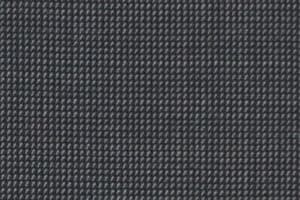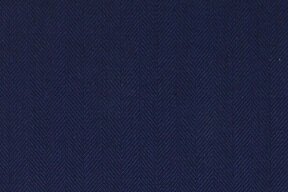Interviews can be very intense, high-pressure situations. In a short period of time, you have to convince a group of executives that you are both capable of the workload and you can outperform and outlast any of the competition in doing so. The most important factor that any legitimate company will demand from you is professionalism. Simply put, they want to know if you can dress and conduct yourself in a manner that highlights the company’s best interests.
Selecting A Suit For Your Interview
For any hard-working man, their work ethic is not a problem. In many cases, it is a sense of styling that can be an obstacle. Knowing how to convey confidence and comfort in the clothes that you wear is critical for getting the job you want. For instance, expressing that you are an expert in your field might be difficult if you’re wearing stained sweats and for most business settings, the equivalent to that is a poorly maintained suit.
If your suit is made with low-quality tailoring or with cheap artificial fabrics, it can be obvious and give off a bad impression before you even speak. Keep in mind, while they may ask you questions about your past experience or have you run equations to show your skills, its about the presentation of your answers that truly makes the difference. Don’t let a poor-fitting jacket be the only detail they remember throughout the entire interview.
The Proper Style & Fit
The exact look or feel of the meeting is always dependent on the company, but you can be certain that a fine suit is an appropriate choice of attire. For many large scale companies that provide lucrative career opportunities, a suit is a traditional look of executive power. As businessmen continue to climb the ladder of success, many executives or high profile associates will separate themselves from the crowd by the cut and feel of their suit. For an interview, you want to showcase that you’re climbing that ladder, too.
We recommend a single-breasted suit, with a Notch or Peak Lapel and a Super 150s wool fabric.
However, not only does a sharp suit represent power or demand attention, but it can also highlight social intelligence. For example, a peak lapel is an aggressive style and should be worn accordingly. If the CEO wears a lot of bright and flashy suits with wide lapels, it may be wise to choose a conservative notch lapel for your suit in order to complement your potential new boss. That will be far more effective instead of clashing with him. On the other hand, if you are interviewing for a high profile position then it can be a positive touch to represent your confidence and reputation. This will send the right message; remaining reserved and professional with your choice of the suit ensures that you don’t demand more attention than the work before you.
Above all, make sure your suit is neatly pressed.

For this type of scenario, we will recommend a single-breasted suit with either a notch or peak lapel. The fabric should be fine wool, in particular, a grade such as super 150s wool that is of excellent quality while still being affordable. As for the fit, it is typically up to the client and his preferences but a moderate or trim fitted suit is preferred in most business settings.
Color & Patterns
The object of an interview suit is to exude confidence and prestige without calling too much attention to yourself. For example, a great looking bright red or green suit with a lot of texture may do more harm than good. In business, it’s not just about the style it’s about what the occasion demands. If the pattern or colors are too loud it will distract them from your work — the prime reason for your interview. Ideally, a fabric that is worsted (soft and smooth, with no texture) is a smart choice to go with. That, or possibly a very soft pattern or a texture that is subtle but not overwhelming. Options in that realm would consist of small herringbone weave, pindot or sharkskin weaves, but try to avoid large windowpanes.
The fabrics below are some of our favorite recommendations for the ideal interview suit.

Charcoal Pindot

Navy Herringbone

Worsted Italian Blue
However, if you have a navy blue suit with a tone-on-tone (same color) plaid check, then it can still be an excellent choice. The blend of colors makes it appear solid from a distance which can be a savvy look.
Details like this can showcase your personality in a great way but be wary not to get too vibrant. If it gets too loud, it can be overwhelming and take away from your work. Since the main goal is to present your work in the best manner, your suit should impress but never distract. Instead, using fabrics that are smoother and with colors that are much more reserved such as navy, charcoal, and light grey show a conservative nature that is stately.

